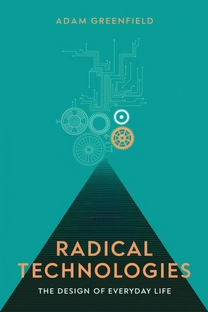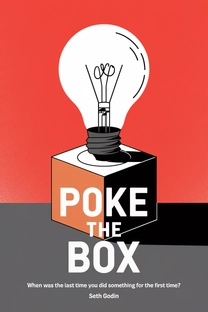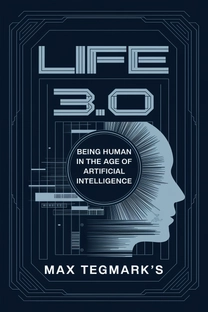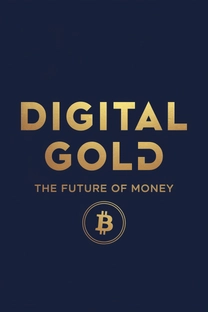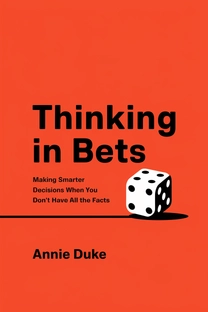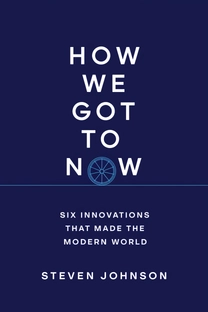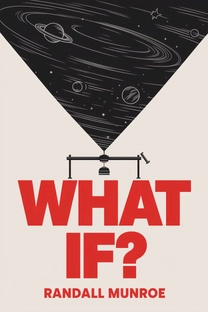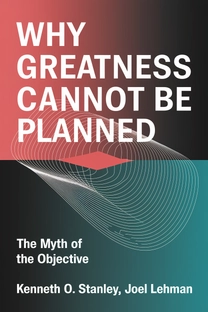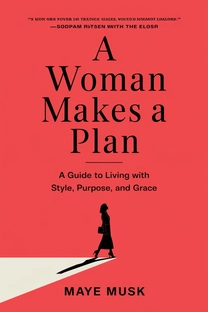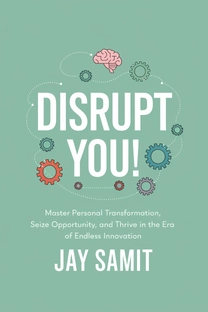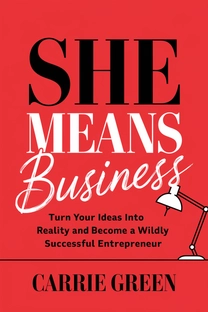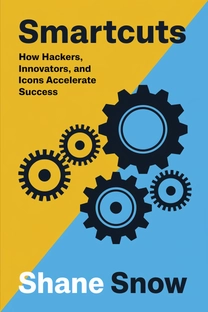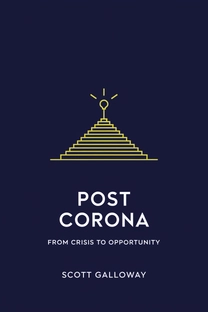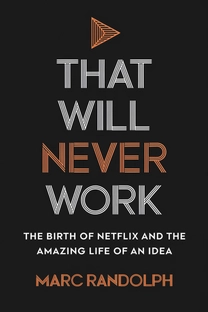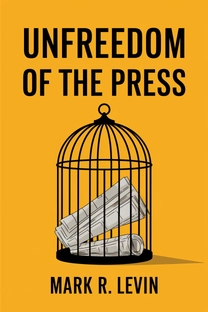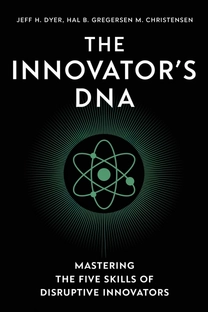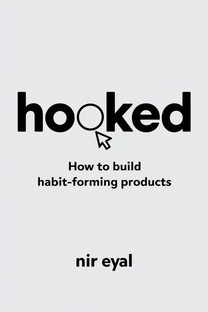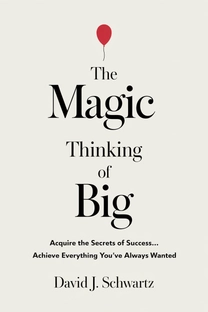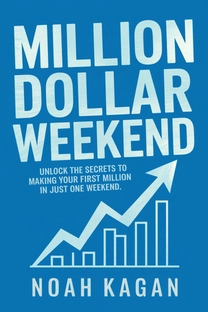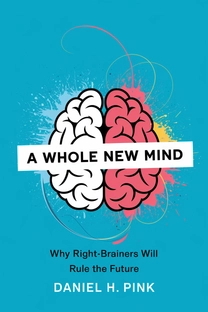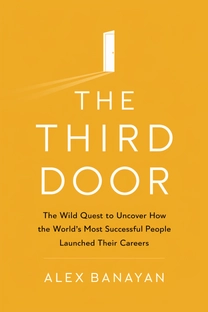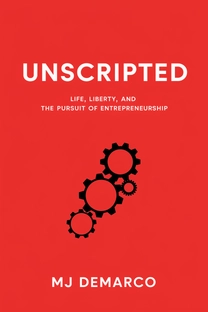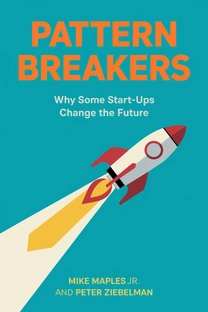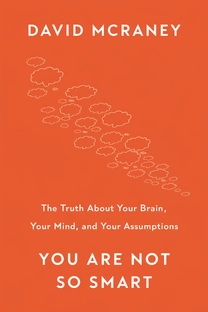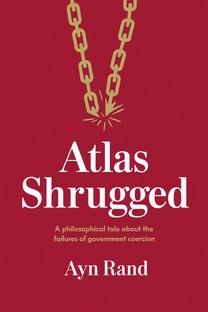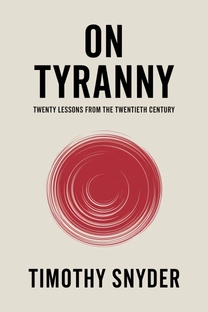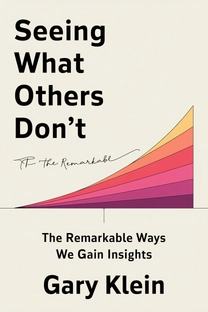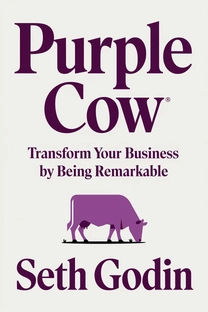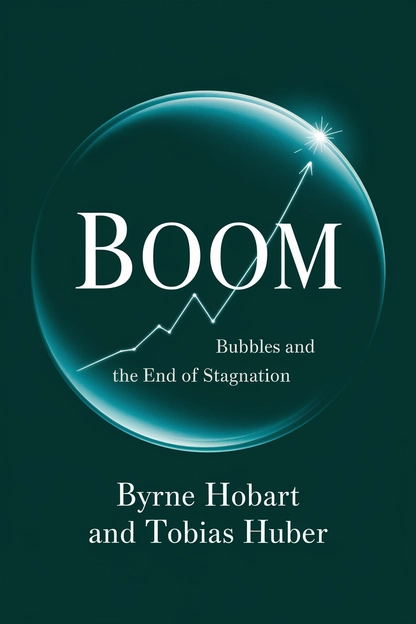
Boom
Bubbles and the End of Stagnation
by Byrne Hobart and Tobias Huber
Brief overview
This book explores how speculative surges have driven major technological achievements, revealing how moments of excessive optimism often spur breakthroughs that shape entire eras. It uncovers why progress sometimes stalls and suggests that rekindling bold visions can reignite innovation on a grand scale.
Introduction
We often think of technological breakthroughs as neat, steady progressions. Yet history reveals that many era-defining achievements emerged during episodes of dramatic speculation or enthusiastic overinvestment. These surges, or “bubbles,” have repeatedly ignited bursts of rapid change. In this introduction, we discover how societies sometimes lose their sense of daring. The result is stagnation, a drift into complacency, and an acute lack of big-picture visions. Ironically, moments of extreme optimism—such as the rush to win a race or fund a moonshot—can help us transcend that rut. Much of what follows emphasizes that these surges are neither purely economic nor purely irrational. Instead, they reflect profound human desires: to master nature, explore new frontiers, and solve civilization's grand challenges. By understanding what triggers these periods, we can potentially replicate them when progress slows.
The Stagnation Dilemma
A recurring argument is that our modern world, despite digital marvels and internet ubiquity, may be in a state of slowdown. Familiar narratives speak of diminished scientific output, lower economic growth, and a cultural sense of exhaustion. By some measures, fundamental breakthroughs seem scarcer. We also see forced caution creeping into decision-making. Demographic shifts, such as aging populations, have led to huge commitments to sustaining current systems rather than pioneering new ones. Meanwhile, bureaucracies grow more cautious, intensifying the pressure to avoid mistakes rather than aim for audacious leaps.
This tightened stance on risk becomes self-reinforcing. When successful leaps of faith—like deploying new energy sources—appear too risky, entire industries and governments stay put. Over time, a culture can forget how to build big, focusing instead on incremental improvements. Yet the book makes clear there is no fixed law condemning us to perpetual slow growth. Societal renewal is possible if we choose less timidity. Indeed, reviving a shared sense of vision can help reconnect with the thrilling momentum witnessed in prior surges.
What is Boom about?
Boom: Bubbles and the End of Stagnation by Byrne Hobart and Tobias Huber takes readers on an enlightening journey through history’s speculative surges and their profound impact on technological advancements. The book thoughtfully dissects how waves of intense risks and seemingly reckless investments have led to some of the most significant breakthroughs that defined eras. It challenges the pervasive notion that these bubbles are entirely irrational, proposing instead that they are intricately linked to cultural, spiritual, and personal motivations that drive innovation.
By examining various historical chapters—like the Manhattan Project, Apollo missions, and the modern digital gold rush—Boom illustrates how societies can leap forward when bold visions are embraced. The authors argue that technology and progress often stagnate when societal ambition wanes, and they suggest ways to reignite this pioneering spirit. The book's unique value lies in its ability to blend historical analysis with contemporary insights, offering a roadmap for how to overcome the current culture of caution and stagnation across industries and societies.
Through its compelling narratives, Boom inspires readers to reconsider the role of visionary thinking. It effectively demonstrates that, by embracing the spirit of collective and larger-than-life ambitions, new breakthroughs can transcend the limitations of cautious paradigms. This makes the book not just an informative read but also a catalyst for reimagining contemporary approaches to innovation.
Review of Boom
Byrne Hobart and Tobias Huber's Boom: Bubbles and the End of Stagnation is a captivating exploration of history’s speculative ventures and their transformative potential. The authors expertly delve into the dynamics of risk-taking that historically led to pivotal advancements such as nuclear energy, space exploration, and digital currencies. Each chapter builds a persuasive case for how periods of intense enthusiasm and investment, often dismissed as mere bubbles, have produced some of the most impactful innovations of modern civilization. The book sheds light on the intricate layers of desire driving these bursts, weaving cultural, economic, and spiritual themes into a cohesive tapestry.
Boom stands out in its ability to intertwine detailed historical accounts with practical applications, encouraging readers to reflect on present challenges. The writing style strikes a perfect balance—rich in detail yet accessible to a broad audience. Whether you're an industry leader, a policymaker, or a curious reader, the book is replete with actionable insights. It adeptly points to how modern caution might slow progress, offering valuable perspectives on why rekindling a collective vision could reignite grand achievements.
After indulging in this thought-provoking narrative, one can’t help but feel invigorated by the authors’ argument: to progress, societies should foster environments where audacious goals eclipse the impetus for absolute prudence. This professional yet conversational tone ensures Boom captivates and engages readers while supplying a well-founded recommendation to embrace potential future bubbles of innovation. The book is an intellectual call to action, vital for those seeking deeper understanding and commitment to transformational progress.
Who should read Boom?
- Innovation leaders seeking inspiration from historical examples of breakthrough surges that transformed industries and technologies.
- Policymakers and strategists exploring how to implement risk-tolerant frameworks for fostering large-scale advancements and technological leaps.
- Educators and students in science, technology, engineering, and mathematics (STEM) fields wanting insights into the interconnectedness of cultural, economic, and spiritual themes and innovation.
- Business executives and entrepreneurs looking for practical perspectives on navigating excessive optimism and overinvestment in venture creation.
- Cultural historians and social scientists interested in understanding the factors that propel eras of advancement and innovation beyond mere economic incentives.
About the author
Book summaries like Boom
Why readers love Mindleap
10-Minute Book Insights
Get the core ideas from the world's best books in just 10 minutes of reading or listening.
Curated For You
Discover your next favorite book with personalized recommendations based on your interests.
AI Book ExpertNew
Chat with our AI to help find the best book for you and your goals.
Reviews of MindLeap
Love how I can get the key ideas from books in just 15 minutes! Perfect for my busy schedule and helps me decide which books to read in full.
Alex R.
The summaries are incredibly well-written and the audio feature is perfect for my commute. Such a time-saver!
Jessica M.
Great app for personal growth. The insights are clear and actionable, and I love how they capture the essence of each book.
Chris P.
The app is beautifully designed and the summaries are top-notch. Definitely worth every penny!
Sarah K.


